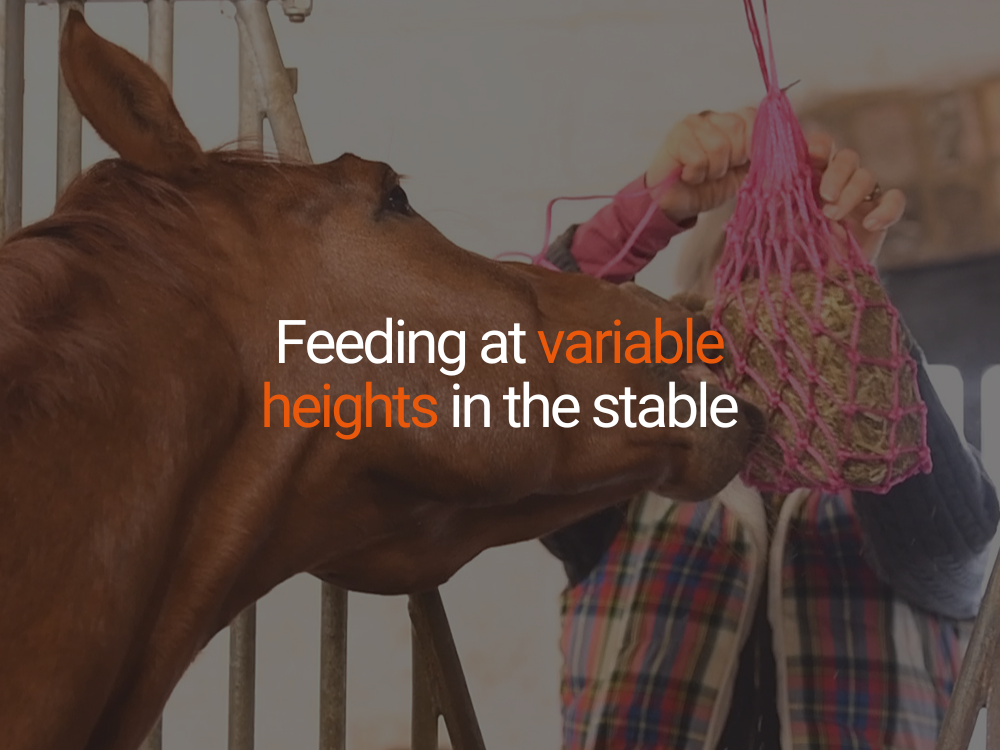While we recommend soaking your munch blocks for dentally challenged or older horses, you may also want to soak them to encourage water intake when the weather is extremely warm, but also when it is extremely cold as a 'winter warmer'. Some horses can also just prefer to eat the blocks like this, so it is completely down to personal preference.
How to soak your munch block:
Ideally the bucket should be deep enough that the block will be able to be submerged in water, however any bucket can be used. For more shallow buckets as per the video below, you may just need to stir and break up the block more than a deeper one.
You'll need approximately 4 kettles worth of water to allow the block to fully expand. If you're tight on time, using 3 kettles of boiling/hot water, followed by 1 kettle full of cold water should allow the block to expand within 20 minutes, but be cool enough to serve almost immediately (always check the heat before serving to your horse). You can add water as needed depending on the consistency you or your horse prefer. If you're not sure, add water conservatively and check and add more as you require to get to the consistency you'd like.
We recommend serving your munch blocks soon after soaking to ensure they stay fresh, and ideally within 12 hours. Regularly stirring the blocks through the soaking process and manually breaking up the block will ensure it fully breaks up. Be aware to check for any lumps that may not have fully soaked before serving. Please use caution when handling the blocks with hot water.
Should I soak Munch blocks in hot or cold water?
This is completely up to you, however warm or hot water will allow the blocks to soak faster. In our tests, blocks were completely soaked within 4 hours with cold water, but hot water can take as little as 20 minutes to fully soak a block. Either way, we would recommend serving the blocks as early as it is safely possible to do so to ensure they are fresh.


